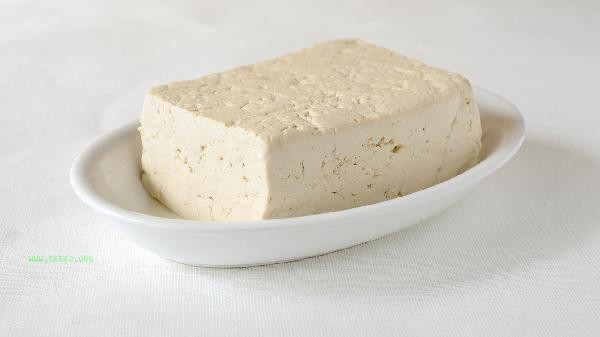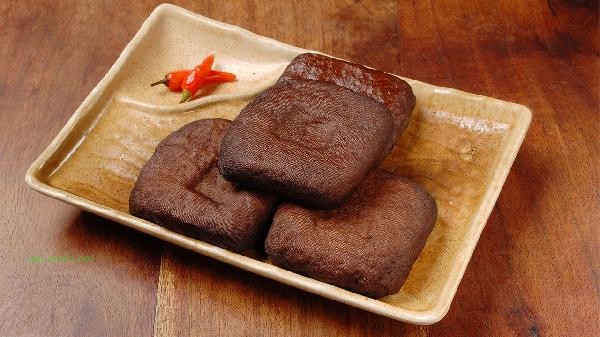The key to avoiding tofu breakage during transportation is to control the temperature, reduce vibration, use cushioning materials, keep it dry, and package it properly. There are mainly methods such as refrigerated transportation, shockproof packaging, fixed filling, humidity control, and layered isolation.

1. Refrigerated transportation
Tofu contains a large amount of moisture and has a fragile protein structure. High temperatures can accelerate spoilage and soften the texture. Using cold chain transportation at 2-8 ℃ can effectively maintain the hardness of tofu, and placing ice packs in refrigerated trucks or insulated boxes can delay microbial growth. It should be noted that the temperature should not be lower than 0 ℃ to avoid freezing and causing ice crystals inside the tofu to damage the tissue.
2. Shockproof packaging
High density foam boxes or corrugated cartons are used as the outer packaging, and pearl wool or bubble film is padded into the inner layer to absorb vibration energy. At least 3 centimeters of buffer space should be left around the transport box, and cardboard should be used to separate the tofu from the box body to prevent the tofu from hitting the box wall due to inertia during sudden braking.
3. Fixed filling
After placing individual tofu pieces into a food grade plastic tray, fill the gaps with biodegradable fillers such as rice husks or paper scraps. Lay food absorbent paper between tofu layers, with no more than 5 pieces stacked on each layer. Heavy tofu needs to be separately secured with straps to avoid sliding and collision during transportation.

4. Humidity Control
Excessive moisture on the surface of tofu can soften the outer skin, while insufficient moisture can lead to dryness and cracking. Before packaging, gently wipe the surface water stains with sterilized gauze, and place food desiccant inside the box to adjust the humidity to 60% -70%. Do not wrap tofu with ink containing materials such as newspapers, as it may contaminate the tofu and accelerate spoilage.
5. Layered isolation
Tofu is loaded in divided plastic boxes, with individual pieces placed in each compartment and isolated with food grade silicone pads. When transporting multiple layers, honeycomb cardboard should be used for vertical separation, and heavy goods should not be mixed with tofu. Short distance transportation can consider soaking in salt water, but it may slightly affect the original flavor of tofu.

Before transportation, it is necessary to select tofu that is intact and free of cracks, and remove products with damaged edges and corners. It is recommended to prioritize using tofu freshly made in the morning, as its protein network structure is more stable. Transport vehicles should avoid sharp turns and bumpy roads, and immediately unpack and ventilate upon arrival. For small-scale transportation at home, tofu can be submerged in cool boiled water, and a damp towel should be placed at the bottom of the container to prevent shock. For long-term storage, it is recommended to blanch tofu and freeze it, but the taste may change. Regardless of the method used, it is best not to exceed 24 hours from production to consumption of tofu to ensure quality.








Comments (0)
Leave a Comment
No comments yet
Be the first to share your thoughts!